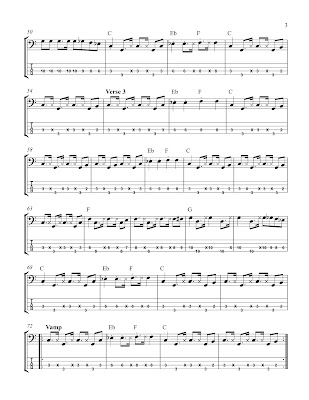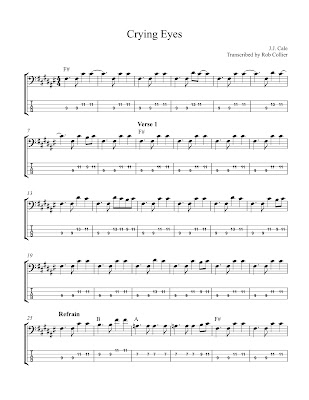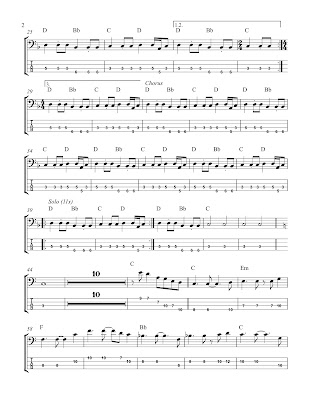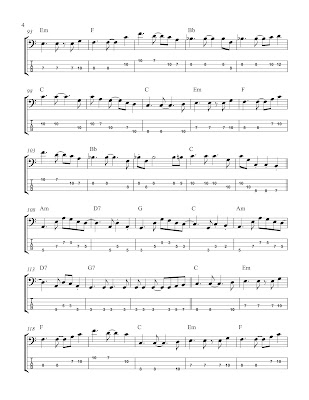(J. J. Cale)
From the Eric Clapton album Eric Clapton
“After
Midnight” was written by J. J. Cale and recorded by Clapton for his first solo
album, Eric Clapton, produced by Delaney Bramlett. (Cale also recorded the song for his album Naturally, which featured Carl Radle on bass. See previous posts.) Bramlett initially wanted to call this album “Eric Clapton Sings” because of the
emphasis on Clapton’s singing and songwriting rather than his guitar playing.
At the time, however, Clapton was not a very experienced singer. On most of the
tracks, Bramlett recorded a guide vocal and Clapton later overdubbed his own
vocal, trying to match Bramlett’s phrasing and inflection. Because of this, and
the fact that most of the musicians were currently members of Delaney &
Bonnie and Friends, the album sounds less like a Clapton solo album, and more
like a Delaney & Bonnie project.
When Clapton needed another song for his debut album, Radle played him a tape of some of Cale's demos. Clapton was immediately smitten, and chose to record "After Midnight," which would become one of the signature songs from this album. Clapton would later record Cale's "Cocaine" for his 1977 Slowhand album. Much of Clapton's post-Dominos music is seriously indebted to Cale's laid back approach.
Radle’s bass line on “After Midnight” is a bouncy gospel groove. It is essentially a country bass line with embellishments. The ghost notes give it a percussive feel and infuse it with a sort of instant kinetic energy. The bass line would work without them, but the ghost notes are what makes it groove. Below is a sample measure from the verse, followed by the same line with the ghost notes removed. Play them both and notice how crucial the ghost notes are. The groove is in the ghost notes.
When Clapton needed another song for his debut album, Radle played him a tape of some of Cale's demos. Clapton was immediately smitten, and chose to record "After Midnight," which would become one of the signature songs from this album. Clapton would later record Cale's "Cocaine" for his 1977 Slowhand album. Much of Clapton's post-Dominos music is seriously indebted to Cale's laid back approach.
Radle’s bass line on “After Midnight” is a bouncy gospel groove. It is essentially a country bass line with embellishments. The ghost notes give it a percussive feel and infuse it with a sort of instant kinetic energy. The bass line would work without them, but the ghost notes are what makes it groove. Below is a sample measure from the verse, followed by the same line with the ghost notes removed. Play them both and notice how crucial the ghost notes are. The groove is in the ghost notes.
A full transcription is below.
x

































